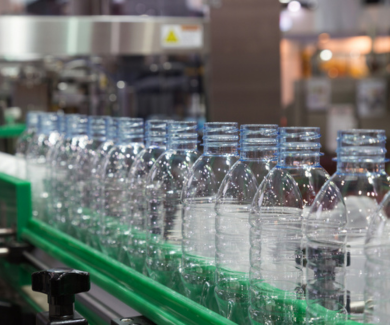Abstract
Since the beginning of its large-scale production in the early 20th century, plastics have remained an important material in widespread use throughout modern society. Nevertheless, despite possessing many benefits, plastics are resistant to degradation and instead accumulate in the ocean and terrestrial sediments, thereby potentially affecting marine and terrestrial ecosystems. Plastics release CO2 throughout their entire lifecycle; during the extraction of materials used in their production, through plastic–carbon leaching in the marine and terrestrial environment, and during their different end-of-life scenarios, which include recycling, landfill, and incineration. Here, we use the University of Victoria earth system climate model to quantity the effects on atmospheric CO2 and the ocean carbon cycle by using upper-bound estimates of carbon emissions from marine plastic–carbon leaching or land-based incineration. Despite the suggestions of some, our results indicate that it has only a very minor influence and an insignificant effect on the earth's global climate system. This holds even if plastic contamination increases well beyond current levels. On the other hand, carbon emissions associated with plastic production and incineration have a greater impact on climate while still dwarfed by emissions associated with the combustion of fossil fuels (coal, oil, and natural gas) and other anthropogenic sources. Our results have important policy implications for ongoing United Nations Environment Programme Intergovernmental Negotiating Committee on Plastic Pollution negotiations.
Introduction
From 29 May to 2 June 2023, the United Nations Environment Programme Intergovernmental Negotiating Committee on Plastic Pollution (INCPP) held its second negotiating session advancing its goal of crafting an international and legally binding agreement targeting marine and terrestrial plastic pollution. On the agenda are the core obligations, voluntary approaches, control and implementation measures, as well as their means of implementation (UNEP/PP/INC.1/14 2022). Facing the INCPP are difficult decisions and complex negotiations over the management of all aspects of plastics, including their production, their transport and consumption, and their post-consumer fate. It is anticipated that both upstream (pre-consumer) and downstream (post-consumer) control measures will eventually be codified into the resulting agreement. As plastics are an energy-intensive, carbon-based product, such measures also have relevance to the regulation of fossil fuels and the mitigation of climate warming (Bauer et al. 2022).
Although first thought to be the beginning of a “brighter and cleaner” world (Yarsley and Couzens 1941), plastic is polluting earth's natural environments. With its strength, durability, lightweight, and low cost, plastic is one of the world's most versatile materials and is used across numerous industries (Law 2017). These properties are what drove the large-scale plastic production in the early 20th century that continues to the present (GESAMP 2016). In addition to its increased production and usage, insufficient waste management systems and resistance to degradation are causing plastic to accumulate in terrestrial and aquatic ecosystems. Plastics account for ∼80% of all debris found in the ocean (Morales-Caselles et al. 2021). Of the 9.2 billion tonnes of global cumulative production of plastics (Geyer 2020), it is estimated that 75–199 million tonnes are present in the ocean (McGlade et al. 2021). If the current production path continues, estimates are that annual plastic production will rise to 1.1 billion tonnes per year by 2050 (Geyer 2020).


